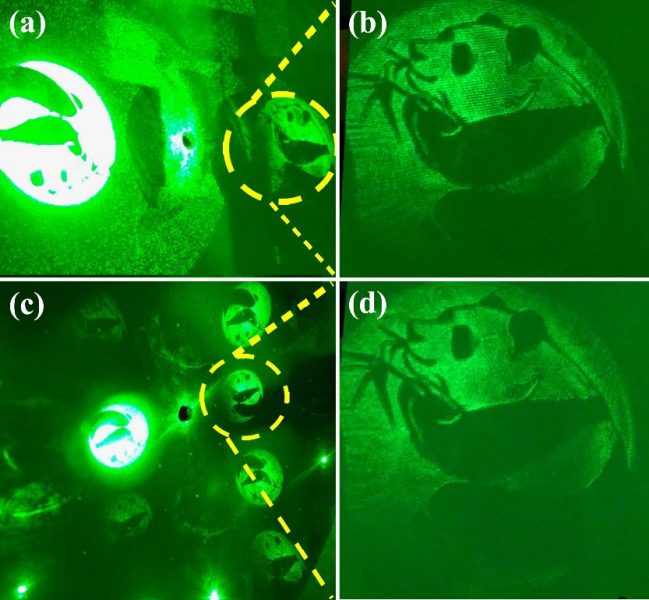Holograms are images that simultaneously record both the phase and amplitude of light waves by capturing and storing the interference patterns created by coherent light. Various materials can be used to record holograms; in particular, azo polymers and molecular glasses have been investigated for holographic recording and surface patterning. Understanding the mechanism of this effect relies on a route to study the directional mass transfer in response to local light intensity and polarization.
In their article in Advanced Functional Materials, Prof. Xiaogong Wang from the Key Laboratory of Advanced Materials, Tsinghua University, and co-workers report a method to fabricate complex hierarchical surface patterns from an isosorbide-based azo molecular glass (IA-Chol).
IA-Chol was readily processed using soft lithography, and polydimethylsiloxane (PDMS) molds with hexagonal lattice column holes on the surface were used as the processing tool. Periodic arrays of the cylindrical submicron pillars in the hexagonal lattice arrangement were obtained through hot embossing by using the elastomeric modes.
Upon exposure to the interference patterns, the IA-Chol pillar arrays show unique spot-by-spot deformations in response to the light waves with varied intensities and polarizations at different locations. The interference patterns are captured and stored by the pillar arrays in a unique way, which can be visualized by microscopic observations on the deformation modes.

Image readout from holograms by the reference wave, recorded in the IA-Chol film and submicron pillar array.
To find out more about this new way to study polarized coherent light, read the full article here.

















